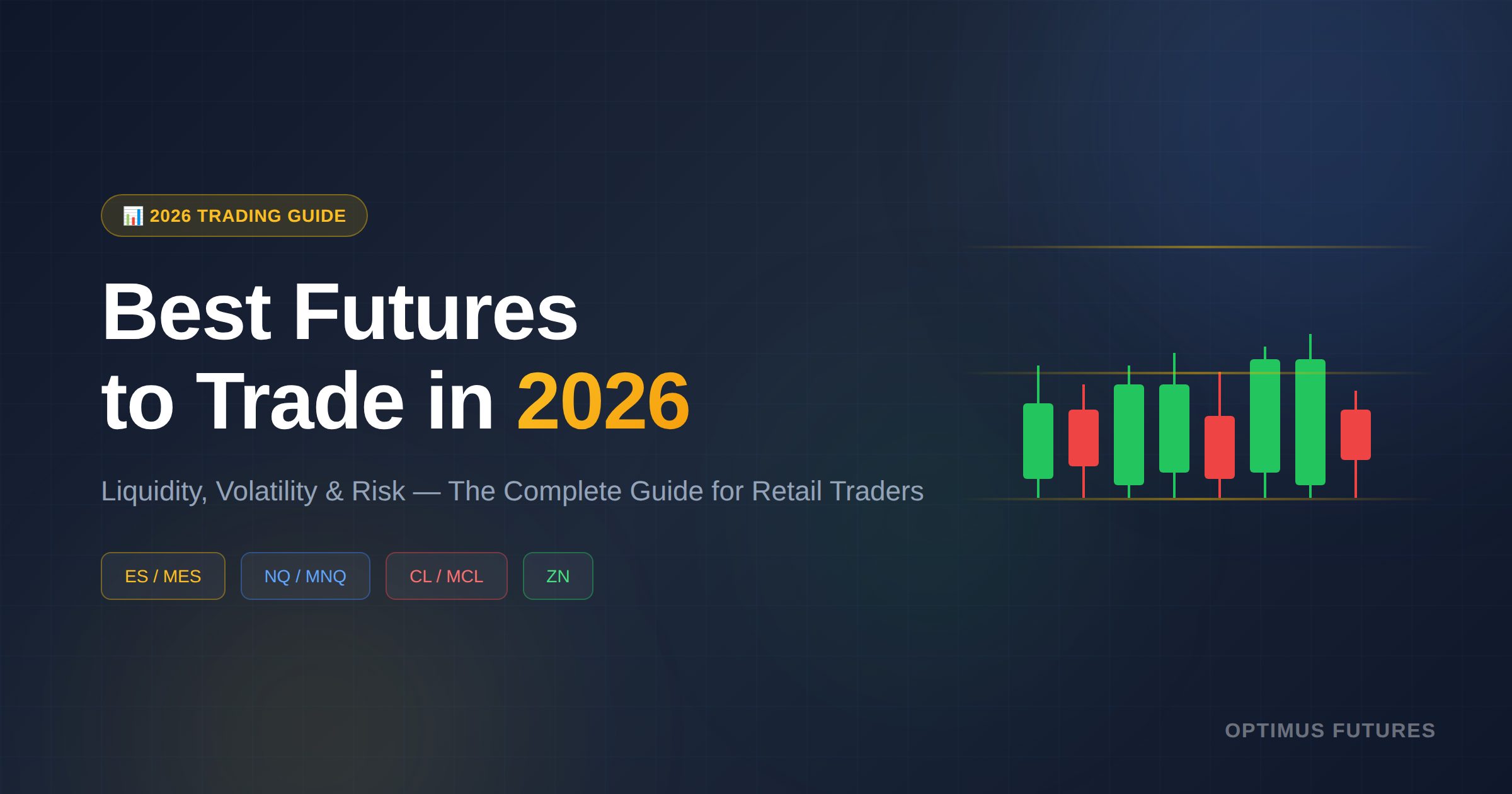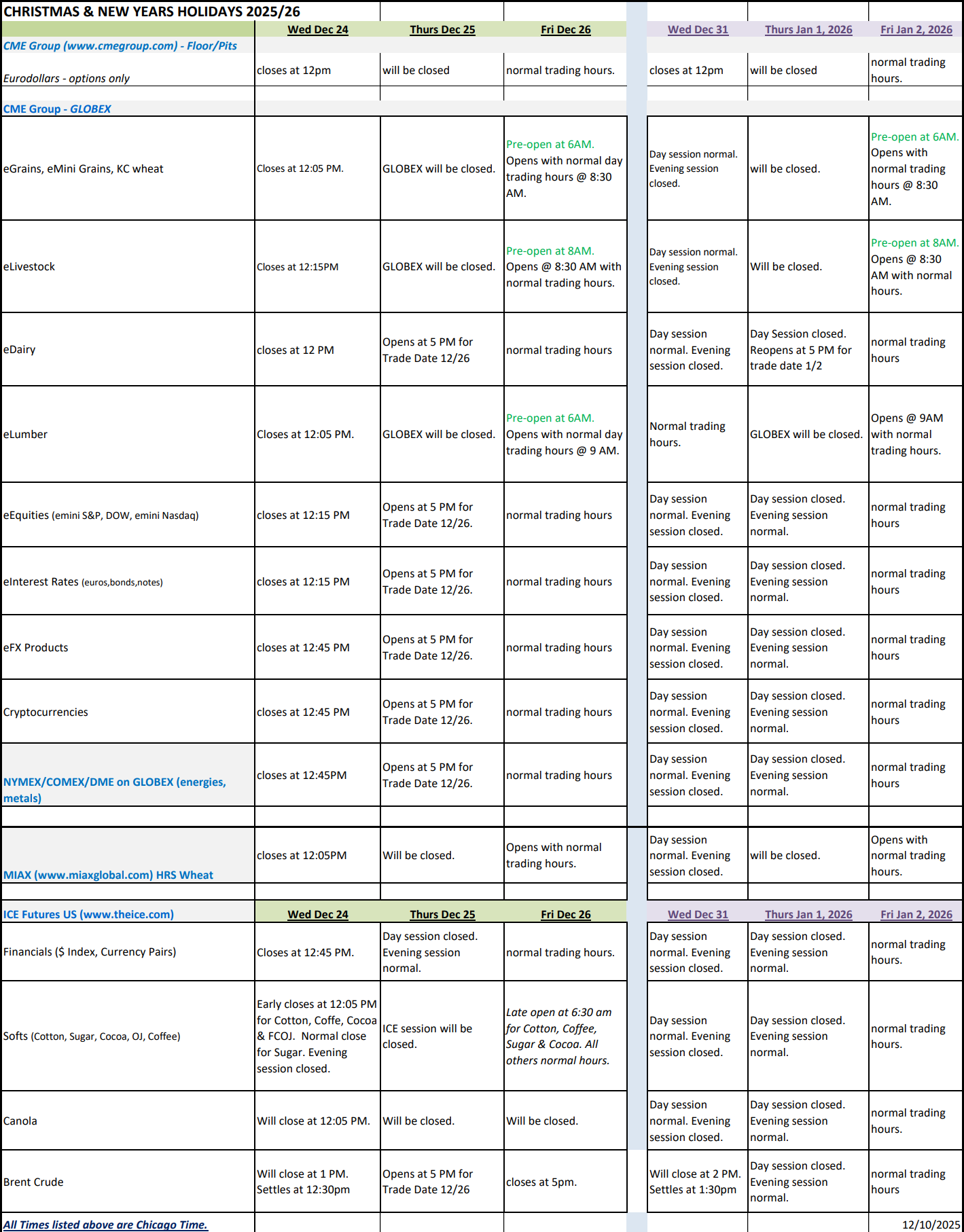Traders don’t usually spend enough time and effort choosing a trading methodology that supports their strengths and circumvents their weaknesses. The “one size fits all” claims such as “trend following is the easiest trading method” or “trading higher time frames are more reliable” don’t always work in trading. The incompatibility of a trader with a predetermined trading method without taking their own personality into consideration can lead to a variety of problems.
How carefully did you choose your trading method?
Ask yourself: how did you find your current trading method? Most traders usually either stumble over a trading method, read astonishing claims in trading forums or blindly follow suggestions of random people on social media. Very few will actually take the time and audit themselves to get an idea of what works for them and then choose their trading method accordingly.
Are you patient? Can you focus for a long period of time or do you get bored easily? Are you insecure and do you get nervous easily? How do you deal with pressure and are you good at making decisions when money is on the line? Do you need constant positive feedback or can you deal with drawdowns and longer losing periods?
If you want to increase your chances for success, you usually don’t need a “better” trading method or a different way of identifying entry signals. Rather, you need a trading methodology that is tailored around your strengths without exposing your weaknesses.
Micro-managing and impatience
Micro-managing your trades and being impatient are two very common problems in trading and they are often responsible for the majority of trading losses. Just think about all those times where you moved around stop and profit orders and were then taken out too early; how often did impatience cause you to enter early and take bad trades; and who doesn’t know the scenario where you exited your trades prematurely and missed larger profit opportunities?
Those are all very common problems and most traders can relate to it. Humans are generally not good when it comes to dealing with uncertainty and making decisions under assessing risk and probabilistic outcomes. However, all those problems are exacerbated if you chose your trading approach imprudent. Let us explain what this means.
If you have generally a hard time staying in trades and riding winners, then choosing a longer term swing trading method where you need to hold positions for weeks will have disastrous impacts on your performance potentially. Or, when you get bored and distracted easily, watching the 4H or higher time frames and only getting very few trade signals every week will also cause impatient traders to make even more mistakes. If you have a hard time sitting on your hands, having to wait days for signals usually leads to premature entries and sloppy trading behavior.
Day-trading and short term swing trading
Although many trading educators will squall, short-term trading can often help many traders follow a more suitable trading methodology. There are two different approaches here:
Day trading means sitting down at your trading desk for a few hours and having many trades in one trading session. Short term swing trading means that you are having much less trades, but you are usually in and out of the markets within hours. Both methodologies allow you to get around the most common trading problems we mentioned above.
Shorter, but intense trading sessions can help you stay focused and avoid many problems that come with boredom and impatience. It’s also important to understand that you don’t necessarily need larger winners to trade profitably over the long term. The claims about a minimum reward:risk ratio of 3:1 or higher are not true in our opinion. A reward:risk ratio of 2:1 or even 1.5:1 can potentially be enough if your other trade parameters match your performance statistics. Usually, aiming for large winning trades does the opposite and traders who struggle with patience and micro-managing can be much better off by following trading approaches that allow them to exploit short term trading opportunities.
Day trading and trading the lower time frames bring a very different set of challenges, but there are a handful of tips that can help you avoid the most common problems:
Have a plan. It helps to be clear about the markets you trade, which time frames you watch and how your money management principles look like. Day trading can become hectic at times, especially when volatility picks up; as a day trader you have to minimize uncertainty and shorten your response time.
Know where you want to trade. A trading plan and knowing where you want to trade are invaluable. Before you start your trading sessions, mark the most important price levels and then wait for signals around those levels. This will eliminate many problems associated with premature entries.
Have your checklist ready. We have talked about the importance of checklists before and it is one of the must-have tools for traders. You can get our trading checklist template here.
Know when to quit. Daily loss limits are very important for day traders and it’s important to know when you need to walk away from your charts.
There is a substantial risk of loss in futures trading. Past performance is not indicative of future results.
The placement of contingent orders by you or broker, or trading advisor, such as a “stop-loss” or “stop-limit” order, will not necessarily limit your losses to the intended amounts, since market conditions may make it impossible to execute such orders.



